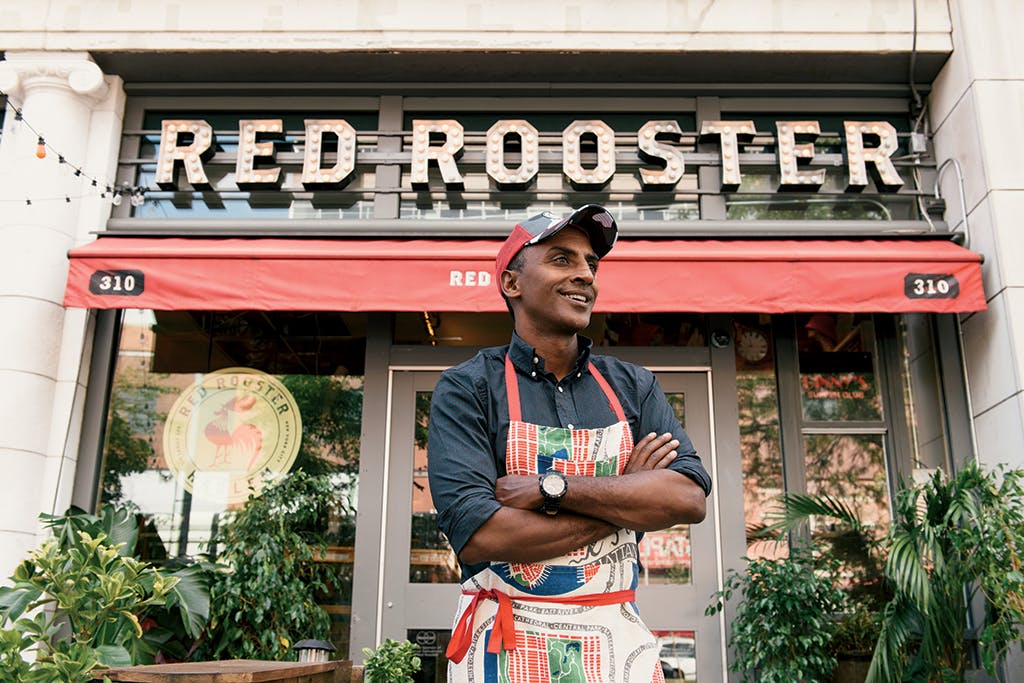According to the United Nations Department of Economic and Social Affairs, the world population will reach 9.7 billion people by the year 2050. And the UN’s Food and Agriculture Organization notes that almost all of that increase will occur in developing nations. That’s a lot of mouths to feed in places where agriculture already takes up lots of land, water, and energy, not to mention where rapid urbanization, unrest, and poverty can strain resources even further.
I was born in Ethiopia, and I spent my first few years malnourished. As of 2011, 44 percent of Ethiopian children under the age of 5 were considered stunted due to poor nutrition. While Ethiopia has lately experienced remarkable turnaround, countries similar to my birthplace will be the first to really feel the pain of population growth straining an inadequate food supply.
At first, experts thought we might have to double world food production to meet this need. More recent estimates put the increase at somewhere between 25 and 70 percent. That’s a wide range, but the important thing to understand is that most of the increase can’t come from just farming more land. We need to farm smarter—and eat smarter. It’s a tragic irony that even in countries where hunger is uncommon, many people have poor diets, leading to unhealthy levels of obesity and other problems.
While there are many issues with large corporate farms in the developed world, some traditional farming and ranching methods are no longer effective in the modern era. We need to change our agricultural habits to take advantage of science, technology, and innovation at all levels. We need to update humanitarian efforts, improve international coordination and policy, and make more information and resources available to smallholder farms.
Changing our eating habits is also important, and it’s often where chefs like myself can effect the most change. If more people eat a wider variety of dishes that are less dependent on expensive and unhealthy ingredients, that will be a win for everyone. It’s tempting to reach for that bag of chips, or relish that heavy comfort food, but there are all kinds of ways to have a truly delicious and healthy meal even without our usual animal proteins. Every little bit helps. If I’m cooking something with chickpeas, for example—like a chaat, Indian street food; Ethiopian shiro spread; or even chickpea and portobello meatloaf—I like to post it to my Instagram so my audience there can try it themselves, and maybe discover a new favorite.
What’s encouraging is how many people are already focused on spreading new ideas in cooking, agriculture, and food production. These ideas don’t have to change the whole world at once, even by the year 2050. They can be as simple as GreenPath Food, a project in my native Ethiopia aiming to start “nucleus” farms in local communities that teach sustainable methods for raising healthier, premium crops. The group then buys those crops at better prices and takes them to market.
Sharing what we know is how we can both teach and learn from each other. That’s how I like to cook, and how I like to eat. Let’s try together.











